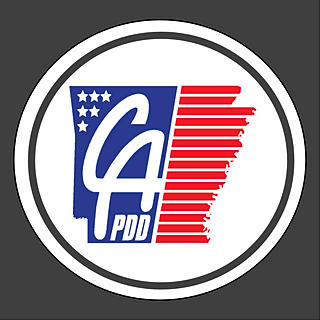Fast Facts on SNAP
- Central Arkansas Planning & Development
- Jun 14, 2021
- 2 min read
The Supplemental Nutrition Assistance Program (SNAP) is the largest federal nutrition assistance program, serving an average of 12% of the 79 million families in the U.S., according to the U.S. Department of Agriculture (USDA). SNAP is a supplementary program to help an individual or family buy nutritious food.
If you or a loved one want to understand SNAP better, use this guide to help you on your path to government benefits.
Who can receive SNAP benefits?
Many people may be eligible to receive SNAP benefits, including single adults, families, seniors, and working people. Eligibility is primarily determined through household income and expenses. SNAP helps low-income people buy nutritious food to stay in good health. You may be eligible for SNAP benefits if you are:
Unemployed;
Working part time or for low wages;
Receiving welfare or other public assistance payments;
A non-citizen that meets other qualifications;
Elderly or disabled and are low-income; or
Homeless.
The total amount of SNAP benefits you can receive is calculated by the USDA’s Thrifty Food Plan, which estimates the amount it costs for you to prepare healthy meals within your household. This estimate is updated each year to keep pace with food prices in your local area.
How do I apply for food stamp benefits?
Applying for food stamp benefits doesn’t have to be complicated. Visit the SNAP page, where you can access your local SNAP office locator.
The local office locator lists SNAP offices in an easy-to-navigate, interactive map where citizens can select their state for SNAP information, including contact numbers and website information, as well as application options, including those for accessibility.
To see if you may be eligible for SNAP benefits in your state, visit the Benefits.gov benefit eligibility tool.
Is there additional assistance for mothers and children?
The Special Supplemental Assistance Nutrition Program for Women, Infants, and Children (WIC) program provides federal grants to states for supplemental foods, health care referrals, and nutrition education for:
Low-income pregnant women
Breastfeeding women
Non-breastfeeding postpartum women
Infants and children up to age five who are found to be at nutritional risk
Services provided by WIC include:
Breastfeeding education and support
Supplemental nutritious foods (cereal, milk, cheese, eggs, juice, beans, peanut butter and infant formula) at no cost
Nutrition education and counseling
Money-saving system that can be used to purchase fresh fruits, vegetables, meat, baby foods, and other foods the program does not provide
Screening referrals to other health, welfare, and social services
Vouchers to buy WIC-approved fruits and vegetables from authorized farmers' markets
Read more about the WIC program and how it can help you and your family in our article, “Everything You Need to Know about WIC.”





Comments